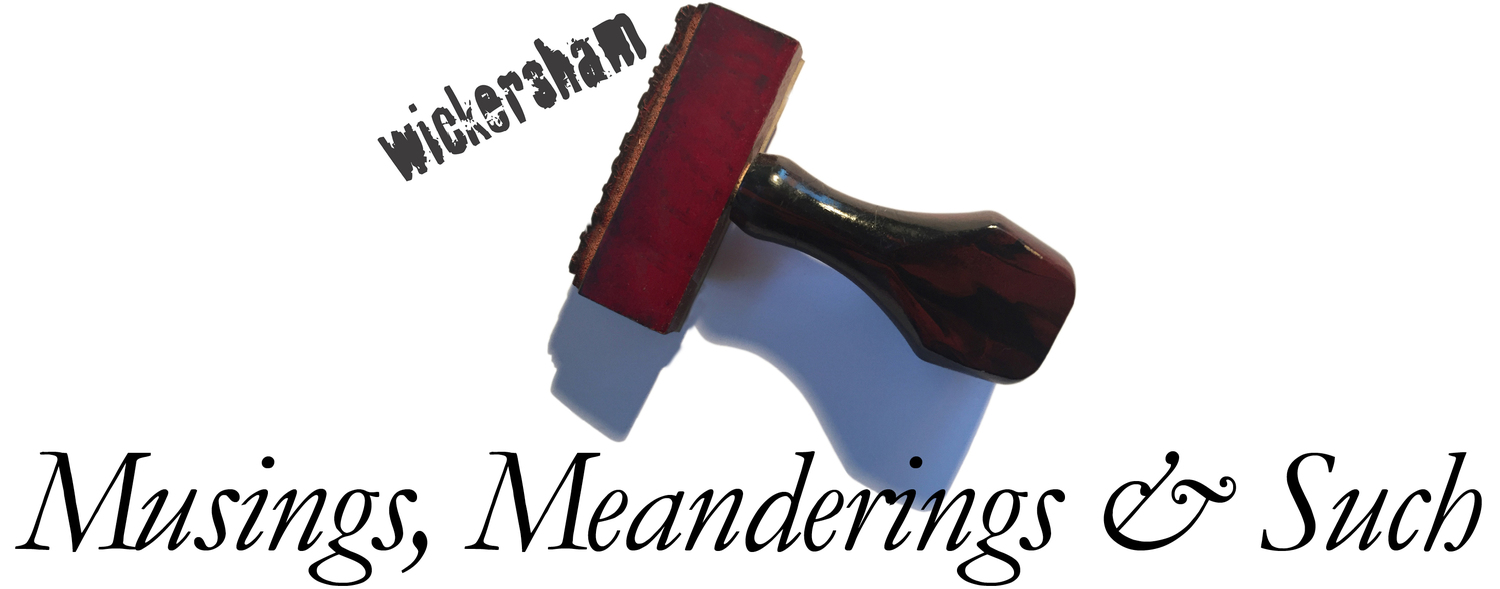Telling The Truth And Brand Equity
Brands are living, breathing things. They require shaping, nurturing, and maintenance over time. Done well, a strong brand has the power to build a business and sustain it well into the future, and can make its owner rich along the way.
Brand equity, as opposed to brand value, has power beyond the balance sheet. Brand value is the financial difference between net present value of future cash flow between a branded versus unbranded product. Brand equity is in the relationship. It is a set of perceptions, understandings and experiences that create demand and preference for a product. Equity creates margin; demand at a premium price. It’s what the brand is worth in the eyes of your customer. These are the intangibles, the good will, the power of the brand and it’s often measured in multiples against revenue. It is money.
The best way to build equity for a brand is to stand for something and own it. Owning something goes way beyond just talking about it or touting your brand’s position in advertising. Brands must live it consistently over time. Volvo forgot this and over recent years lost its ownership of the safety positioning. Equity lost forever.
Have we become accustomed to lying? Ever since doctors and Santa Clause recommended cigarettes, brands have been deceiving and lying. Those brands are trading their equity for cash. See, brands are personal and when they lie, it hurts. When the consumer embraces a brand it is a direct reflection of them. They embrace those brand values as their own. It’s a publicly facing badge they wear. And brands better be true to them, or pay the price. It’s not unlike what you’d expect in any healthy relationship. Be true, don’t lie. Do what you say you’re going to do. When you make a mistake, apologize, and change. Be transparent and honest. Be consistent. If you win my heart, don’t break it.
The stronger your brand equity, the better able you are to withstand problems. When Nike and Apple were confronted about their factories in China, the low wages and horrendous working conditions, as trusted brands with great equity, they were quickly and quietly forgiven and forgotten. And we’re still buying iPods and Air Jordan’s.
Not so fortunate for the likes of BP. They built a brand around a lie. A bright sunny flowery logo was created to make us believe that they were a green, environmentally responsible company positioned as “beyond petroleum”. After the 2010 Gulf spill and millions of dollars of branding, the curtain was pulled away. The veil of lies about green energy and the environment was lifted and we saw BP’s true colors and they weren’t pretty. The brand was irreparably damaged and it will never return to the place it had hoped to go. BP will forever be “big oil”.
One simply cannot separate brand image and positioning from brand behavior. As in BP’s case, there’s nothing worse than when a brand’s actions make them liars. Today, it’s more personal than ever before. In our social media-driven, real-time, 24/7 world, brands can’t hide. We live in a world of connected consumers that can punish a brand in front of millions in minutes. Challenge this and you play a dangerous game. All consumers ask is for companies to be authentic and true to what they say. It doesn’t seem too much to ask.
Building that kind of relationship with your constituents takes focus and commitment. It requires defining brand values from which you will not waver. It takes steadfast consistency over time. Long-term loyalty is a two-way street and demands a long-term approach to building a brand. And most importantly, a brand needs to decide how their image manifests itself in behavior, in the customer experience, and at every point of touch. It must be an image that reflects their reality, not something they want to be. Or worse, something they want us to believe they are, but are not.
Consumers are a fickle bunch, and have more access to data in the public domain than ever before. They have power. So be warned. Be true to consumers, and they’ll be true to you. Do this and they will be your advocate, an apostle for your brand. And they will provide projectable lifetime value. Money.
Screw the consumer and… well, just don’t.

